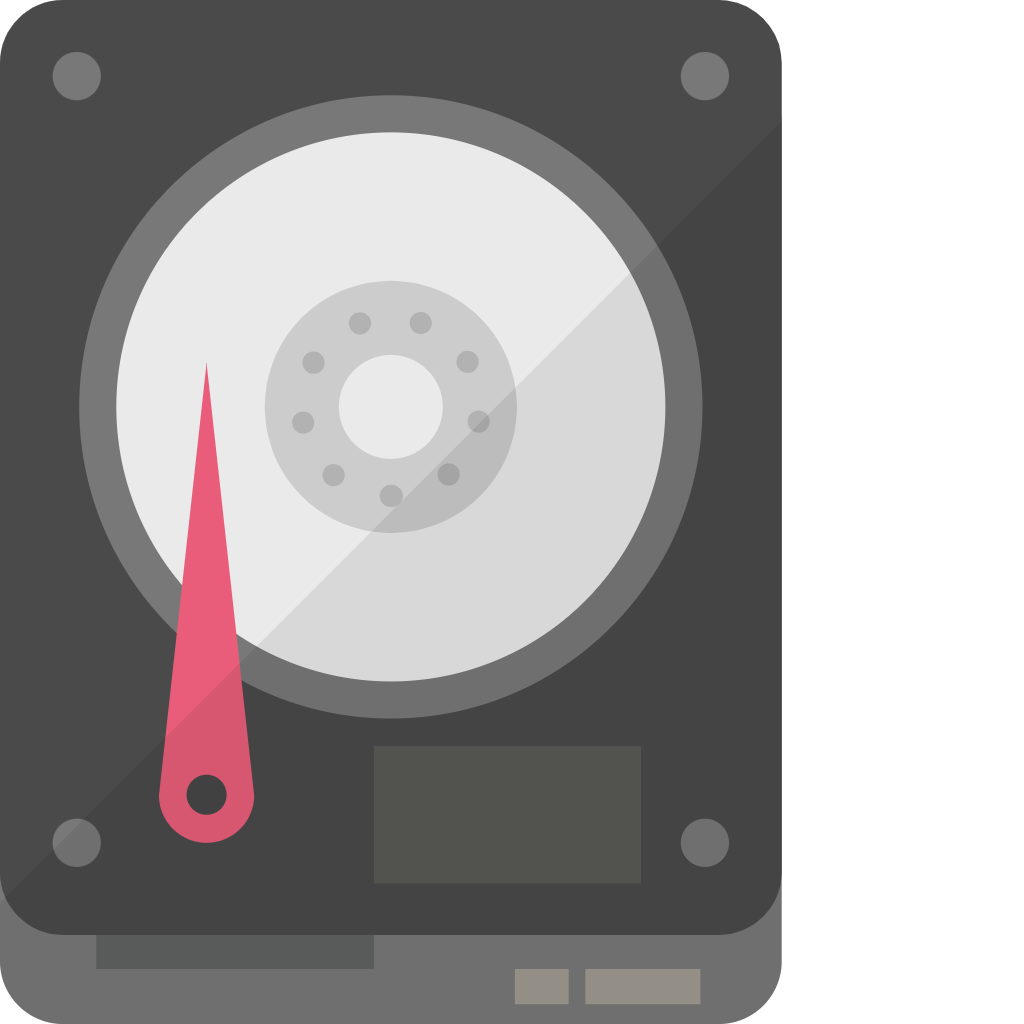Installed More Than Ten Billion Times.
TransMac
TransMac Seamlessly access and manage Mac files on your Windows PC. Copy, rename, and create disk images in macOS formats effortlessly with this essential utility.
TransMac is a software application designed specifically to facilitate the management of Mac-formatted disks and files on Windows systems. It allows users to access, read, write, copy, and format Mac disks, including HFS, HFS+, and APFS formats, directly from a Windows environment.the significance of Mac disk management on Windows systems. Many users, especially those who work across both macOS and Windows platforms, often encounter challenges when it comes to accessing and managing Mac-specific files on a Windows PC. TransMac addresses this need by providing seamless integration and functionality that allows users to handle Mac disks and files without needing a Mac computer.

Disk Imaging
TransMac supports disk imaging, which allows users to create exact replicas or disk images of Mac-formatted disks. This feature is useful for backup purposes or for transferring entire disk contents to another storage medium.

File Management
Beyond basic file operations, TransMac offers comprehensive file management capabilities, including renaming files, creating new folders, and organizing data on Mac disks directly from Windows.

Format and Restore
Users can format Mac disks to different file systems directly from Windows using TransMac. Additionally, it allows for the restoration of disk images back to physical disks.

Compatibility
TransMac is designed to work seamlessly with all versions of Windows, providing a user-friendly interface for managing Mac disks without requiring macOS or dual-booting.
Features
By providing these features, TransMac facilitates efficient management and interaction with Mac-formatted disks on Windows platforms, catering to users who need cross-platform compatibility and access to Mac-specific data.
How to Install TransMac
Download TransMac
Step-by-Step Guide to Installing TransMac on Window
Download TransMac Installer
- Visit the official TransMac website.
- Navigate to the download page and click on the appropriate download link to obtain the latest version of TransMac.
Run the Installer
- Locate the downloaded TransMac installer file, typically found in your computer’s “Downloads” folder.
- Double-click the installer file to launch the installation process.
Allow Installation Permissions
- If prompted by Windows User Account Control (UAC), click “Yes” to allow the installer to make changes to your device.
Choose Installation Language
- Select your preferred language from the dropdown menu, if applicable, and click “OK.”
Read and Accept the License Agreement
- Carefully read through the End User License Agreement (EULA).
- If you agree to the terms, select the checkbox indicating your acceptance, then click “Next.”
Select Installation Location
- Choose the destination folder where TransMac will be installed. The default path is typically “C:\Program Files\TransMac.”
- You can change the location by clicking “Browse” and selecting a different folder.
- Click “Next” to continue.
Choose Start Menu Folder
- Select the Start Menu folder where you want the TransMac shortcuts to be created. The default option is usually sufficient.
- Click “Next.”
Select Additional Tasks
- Choose any additional tasks you want the installer to perform, such as creating a desktop shortcut.
- Click “Next.”
Install TransMac
- Review your installation settings.
- Click “Install” to begin the installation process. This may take a few minutes.
Finish Installation
- Once the installation is complete
Using TransMac for Disk Management
Guide on Accessing Mac Disks on Windows Using TransMac
TransMac is a powerful tool that allows Windows users to access and manage Mac-formatted disks, such as HFS (Hierarchical File System) and APFS (Apple File System). Here’s a detailed guide on how to use TransMac to access Mac disks on your Windows PC:
Download and Install TransMac
- Visit the official TransMac website and download the latest version.
- Follow the installation instructions to set up TransMac on your Windows computer.
Connect Your Mac Disk
- Attach your Mac-formatted disk (such as an external hard drive, USB drive, or Mac-formatted internal disk) to your Windows PC.
- Ensure that the disk is properly connected and recognized by your system.
Launch TransMac
- Open TransMac from your Start menu or desktop shortcut.
- You may be prompted to grant administrative permissions; click “Yes” to proceed.
Navigating the Interface
- TransMac will display a list of all drives connected to your Windows system, including the Mac-formatted disks.
- Locate your Mac disk in the left-hand pane of the TransMac window.
Accessing Files and Folders
- Click on the Mac disk to expand its contents.
- You can now browse through the files and folders stored on the Mac disk, just as you would on a native Mac system.
Opening and Copying Files
- Double-click on any file or folder to open it.
- To copy files from the Mac disk to your Windows system, right-click on the desired file or folder and select “Copy.”
- Navigate to the desired location on your Windows PC, right-click, and select “Paste” to copy the file or folder.
Managing Files, Folders, and Disk Partitions
- TransMac not only allows you to access files on Mac disks but also provides robust tools for managing files, folders, and disk partitions:
Creating and Deleting Files/Folders
- To create a new folder on the Mac disk, right-click on an empty area within the disk and select “New Folder.”
- To delete a file or folder, right-click on it and choose “Delete.”
Renaming Files/Folders
- Right-click on the file or folder you want to rename and select “Rename.”
- Enter the new name and press “Enter.”
Copying and Moving Files/Folders
- Use the right-click context menu to copy or move files and folders between different locations on the Mac disk or between the Mac disk and your Windows system.
Disk Imaging
- TransMac allows you to create and restore disk images of Mac disks.
- To create a disk image, right-click on the Mac disk and select “Create Image File from Disk.”
- To restore a disk image, right-click on the target disk and select “Restore Disk from Image.”
Formatting and Partitioning
- TransMac supports formatting Mac disks and creating new partitions.
- Right-click on the Mac disk and choose “Format Disk” or “Partition Disk” to access these options.
- Follow the prompts to format the disk or create new partitions as needed.
Using TransMac, Windows users can seamlessly access and manage Mac disks, making it an invaluable tool for those who work across both operating systems. Whether you need to transfer files, create backups, or manage disk partitions, TransMac provides a user-friendly interface and powerful features to meet your needs.
FAQ's
TransMac offers a 15-day free trial. After the trial period, a license must be purchased for continued use.
Download TransMac from the official website and follow the installation instructions provided.
Yes, TransMac can read both HFS and APFS-formatted disks.
Yes, TransMac allows both reading and writing to Mac-formatted disks from a Windows system.
TransMac can access external hard drives, USB drives, CDs, DVDs, and disk images that are formatted for Mac.
Yes, TransMac is safe to use. It is a widely recognized and trusted tool for Mac disk management on Windows.
Right-click on the file or folder on the Mac disk, select “Copy,” navigate to the desired location on your Windows PC, right-click, and select “Paste.”
Yes, TransMac allows you to format Mac disks. Right-click on the disk and select “Format Disk.”
Yes, TransMac supports creating and restoring disk images of Mac disks.
TransMac does not have built-in file recovery features. It’s primarily used for accessing and managing disks.
TransMac is compatible with various versions of Windows, including Windows 10 and 11.
Right-click on an empty area within the Mac disk and select “New Folder.”
Yes, right-click on the file or folder, select “Rename,” and enter the new name.
Right-click on the file or folder you want to delete and select “Delete.”
TransMac does not impose specific size limits on the disks it can manage.
Yes, TransMac may prompt for administrative privileges to access certain disk functions.
Yes, TransMac is an excellent tool for transferring files between Mac and Windows systems.
Right-click on the Mac disk and select “Create Image File from Disk.”
Right-click on the target disk and select “Restore Disk from Image.”
Yes, TransMac can access and manage Mac-formatted CDs and DVDs.
Yes, TransMac allows you to partition Mac disks. Right-click on the disk and choose “Partition Disk.”
Yes, TransMac can access and browse Time Machine backups on Mac disks.
Ensure your system meets the recommended requirements and close unnecessary applications while using TransMac.
TransMac can read encrypted Mac disks if you provide the necessary decryption key or password.
TransMac is designed for direct connection to disks, not network access.
Yes, technical support is available through the TransMac website and support channels.
Yes, you can use TransMac to create a disk image and then restore it to another disk, effectively cloning the disk.
Visit the official TransMac website, navigate to the purchase section, and follow the instructions to buy a license.
TransMac - Access & Manage Mac Disks on Windows

TransMac is a Windows tool for accessing, managing, and creating Mac-formatted disks and disk images, supporting APFS, HFS+, and more. #TransMac
Price: Free
Price Currency: $
Operating System: Windows 7, 8, 10 and Windows 11
Application Category: Software
4.6
